Sports venues often achieve legendary status through marketing campaigns and nostalgic associations rather than actual fan experiences or architectural merit. Many stadiums command premium ticket prices and tourist attention despite offering mediocre sightlines, uncomfortable seating, limited amenities, and atmospheres that fall short of their manufactured reputations.
Here’s a list of 16 overrated sports stadiums that fail to deliver experiences worthy of their inflated reputations and expensive admission costs.
Yankee Stadium, New York
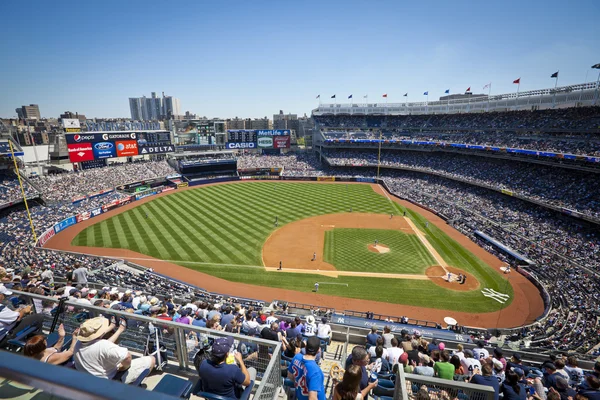
The new Yankee Stadium prioritizes luxury boxes and corporate amenities over the actual baseball atmosphere, creating a sterile environment that lacks the character and intimacy of its predecessor. Ticket prices have increased dramatically while the fan experience has become increasingly sanitized and commercialized.
The famous Monument Park feels more like a corporate museum than a shrine to baseball history, while the distance from many seats to the field eliminates the connection between fans and players that made the original stadium special.
Wembley Stadium, London
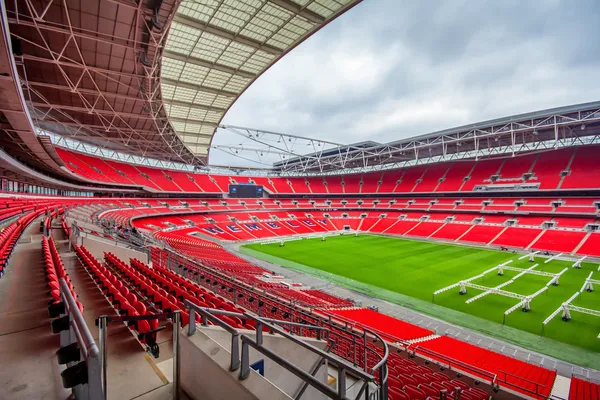
This rebuilt venue charges premium prices for soccer matches while offering poor acoustics that muffle crowd noise and create an atmosphere that feels more like watching television than experiencing live sports. The arch structure looks impressive in photographs, but adds nothing to the viewing experience for attendees who paid premium prices.
Concession areas become impossibly crowded during halftime, while the stadium’s location creates transportation nightmares that add hours to game attendance.
Like Travel Pug’s content? Follow us on MSN.
Cowboys Stadium, Arlington
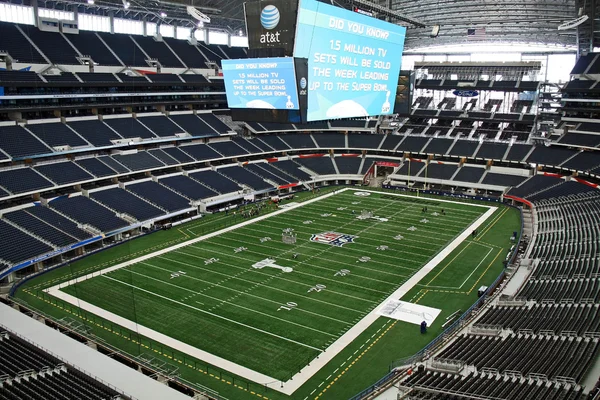
Jerry Jones’ monument to excess prioritizes massive video screens and luxury amenities over creating an intimidating home-field advantage or authentic football atmosphere. The retractable roof rarely opens, making the indoor environment feel like a shopping mall more than a stadium.
Ticket prices reflect the building’s construction costs rather than the quality of the fan experience, while parking and concession costs add hundreds of dollars to family outings.
Madison Square Garden, New York
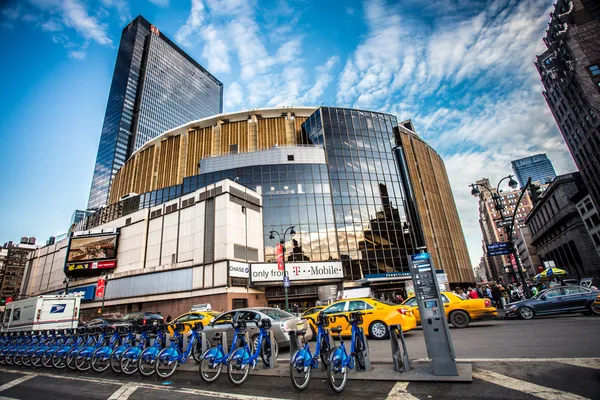
The World’s Most Famous Arena trades on its Manhattan location and historic events rather than providing quality sightlines or comfortable seating for current events. Many seats offer obstructed views due to the building’s age and inefficient design, while concession areas remain cramped and outdated.
The venue’s reputation often exceeds the experience of attending events there, particularly for basketball games where seats feel distant from the action despite the arena’s relatively small size.
Old Trafford, Manchester
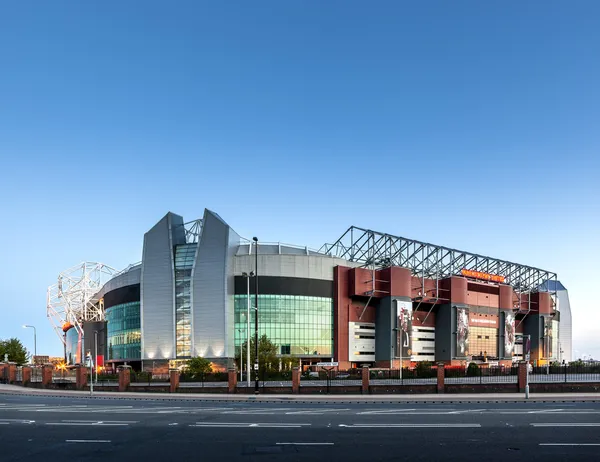
The Theater of Dreams has expanded repeatedly without addressing fundamental design flaws that create poor sightlines from many seats and an atmosphere that lacks the intensity suggested by its reputation. Corporate hospitality has taken over large sections of the stadium, reducing the number of passionate fans and creating a more sanitized environment.
Match day experiences are dominated by tourists taking photographs rather than supporting the team, while ticket prices have priced out many long-term local supporters.
Like Travel Pug’s content? Follow us on MSN.
Soldier Field, Chicago
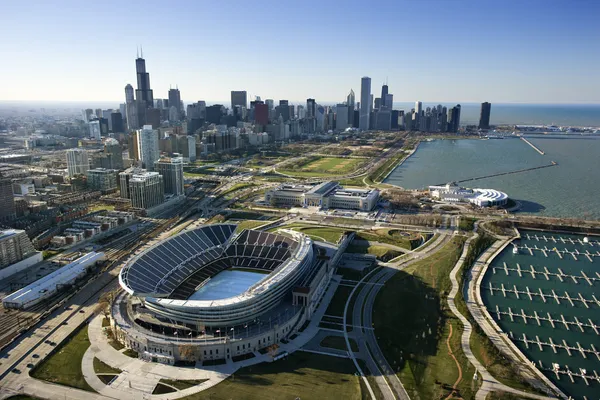
The renovation that added a modern section atop the original structure created one of the most awkward stadium designs in professional sports, where the historic exterior clashes with a generic modern interior that pleases no one. The reduced capacity eliminated the intimidating crowd noise that once made this venue feared by visiting teams.
Wind patterns created by the architectural mismatch make watching games uncomfortable regardless of weather conditions, while sightlines from many seats remain poor due to the compromised design.
Camp Nou, Barcelona
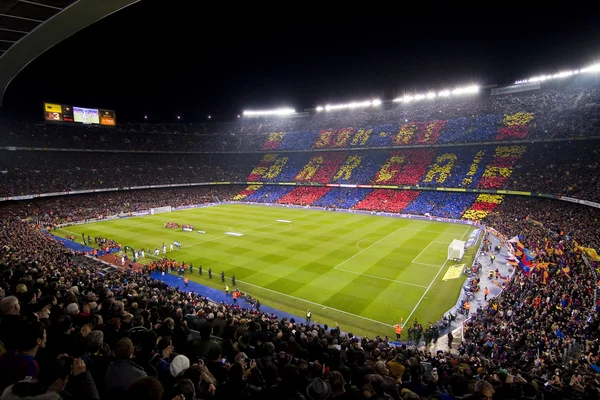
While massive in size, this stadium often feels half-empty during regular season matches, creating an atmosphere that contradicts its reputation as one of Europe’s most intimidating venues. The distance from upper deck seats to the field makes following the action difficult, while the concrete bowl design provides poor acoustics that don’t amplify crowd noise effectively.
Tourist groups often outnumber actual supporters, transforming matches into sightseeing opportunities rather than passionate sporting events.
Fenway Park, Boston
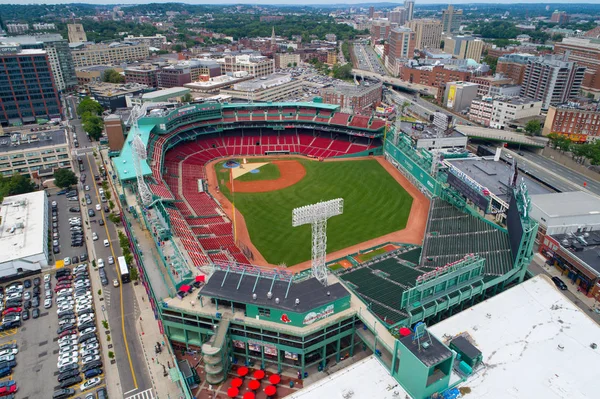
The Green Monster and Pesky’s Pole create quirky dimensions that interfere with actual baseball rather than enhancing it, while many seats offer obstructed views due to the ballpark’s cramped, outdated design. Ticket prices have increased far beyond what the facility’s amenities justify, while concession areas remain cramped and inefficient.
The venue’s historic significance often overshadows the reality that attending games there can be uncomfortable and expensive without providing superior baseball viewing experiences.
Like Travel Pug’s content? Follow us on MSN.
Rose Bowl, Pasadena

This venue’s reputation rests primarily on hosting prestigious events rather than providing quality experiences for attendees, with poor sightlines from many seats and inadequate concession facilities that create long lines and frustrated fans. The bowl design places many seats far from the action, while parking situations create traffic nightmares that can add hours to event attendance.
The venue’s age shows in cramped concourses and limited modern amenities that don’t match ticket prices charged for major events.
Lambeau Field, Green Bay
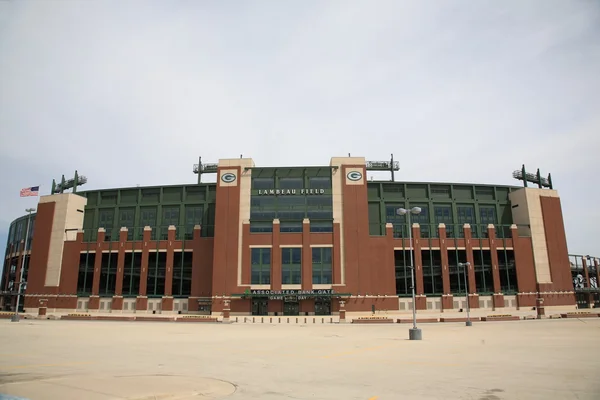
The tundra mystique masks the reality that watching games in brutal winter conditions often becomes more about survival than enjoying football, while the venue’s small-market location limits amenities and dining options. Parking on residential lawns creates muddy, chaotic situations that detract from the game day experience.
The stadium’s historic significance doesn’t compensate for uncomfortable seating, limited concession options, and weather conditions that make attending games genuinely unpleasant rather than memorably challenging.
Centre Court, Wimbledon
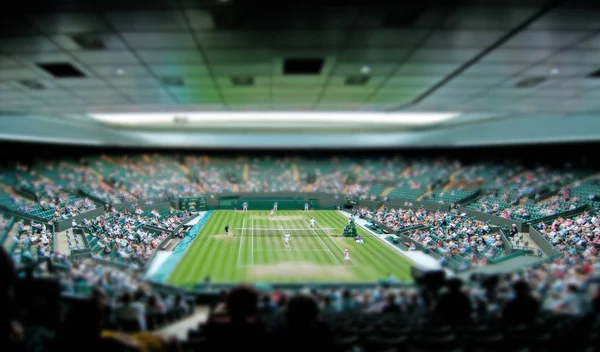
This tennis venue charges astronomical prices for seats that offer poor views of the action, while the exclusive atmosphere creates more focus on social status than athletic competition. The retractable roof eliminates much of the weather-related drama that historically made Wimbledon unique, while corporate hospitality dominates the best seating areas.
Ticket allocation systems favor wealthy tourists over tennis enthusiasts, creating crowds more interested in being seen than watching quality tennis.
Like Travel Pug’s content? Follow us on MSN.
Maracana Stadium, Rio de Janeiro
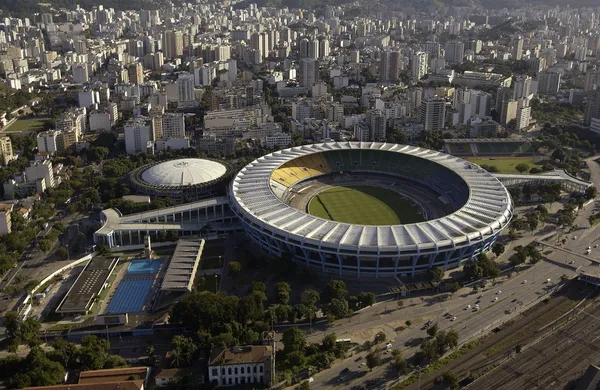
Security concerns and maintenance issues have transformed this once-legendary venue into a shadow of its former self, where safety worries overshadow any atmospheric advantages the stadium might still possess. The renovation for the World Cup prioritized FIFA requirements over fan experience, creating a more sterile environment that lacked the passion and energy that made the original Maracana special.
Transportation to and from the stadium through Rio’s challenging urban environment adds stress and safety concerns to what should be enjoyable sporting events.
San Siro, Milan
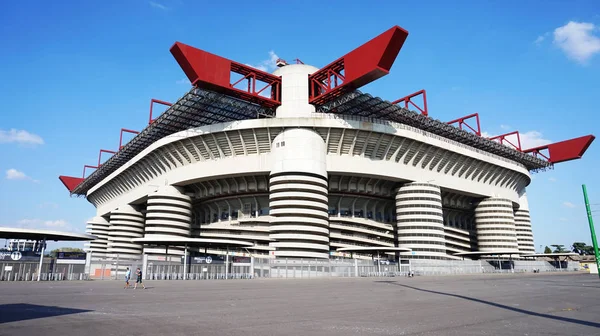
Shared use between AC Milan and Inter Milan has created a venue that lacks distinct character for either team, while the aging infrastructure shows in poor sightlines, cramped concourses, and limited modern amenities. The track around the pitch distances fans from the action, reducing the intimate atmosphere that makes other European stadiums special.
Weather protection remains inadequate for many seats, while the surrounding area lacks the dining and entertainment options that enhance modern stadium experiences.
Melbourne Cricket Ground
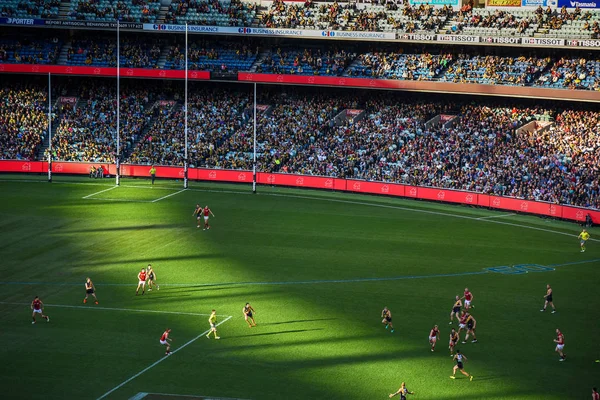
The enormous size that makes this venue impressive also creates problems with the atmosphere and sightlines, where crowd noise gets lost in the cavernous space, and many seats feel disconnected from the action. The oval shape works well for cricket but creates awkward viewing angles for football matches that now dominate the venue’s schedule.
Corporate areas have taken over prime locations, while general admission seating often provides poor views despite the stadium’s massive capacity.
Like Travel Pug’s content? Follow us on MSN.
Azteca Stadium, Mexico City
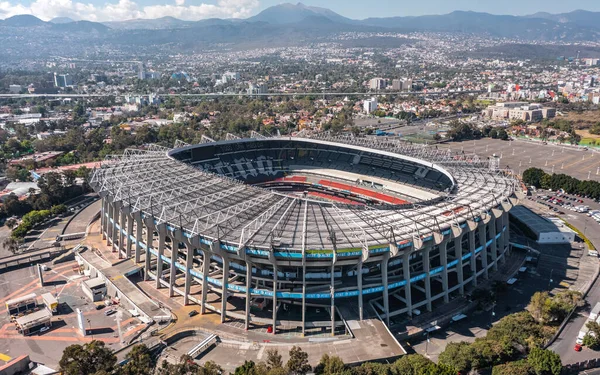
Altitude effects that create unique playing conditions also make attending games physically challenging for visitors, while the venue’s age shows in outdated facilities and limited modern amenities. Security concerns in the surrounding area create safety issues that detract from the game day experience, while the stadium’s enormous size often results in poor sightlines from affordable seats.
The historic significance of famous matches played there doesn’t translate into quality experiences for current attendees.
Stade de France, Paris

This venue was designed primarily for major events rather than regular team use, creating an atmosphere that feels impersonal and corporate rather than passionate and intimate. The track around the pitch distances fans from the action, while the generic bowl design provides poor acoustics that don’t enhance crowd noise.
Transportation to the stadium through Paris’s challenging suburban areas adds complexity and time to attendance, while the surrounding area lacks the character and amenities that make visiting other European venues enjoyable.
Reputation Versus Reality

These stadiums demonstrate how marketing, history, and media coverage can create reputations that exceed actual fan experiences, particularly when ticket prices reflect venue prestige rather than the quality of amenities and sightlines provided. Modern stadium design has improved dramatically in recent decades, making many legendary venues feel outdated and uncomfortable despite their historical significance.
Smart sports fans increasingly seek venues that prioritize fan experience over architectural statements or corporate revenue, finding better value and more enjoyable experiences at stadiums that focus on creating a genuine atmosphere rather than maintaining artificial mystique.
Like Travel Pug’s content? Follow us on MSN.
More from Travel Pug

- 20 Best Beach Towns in the Carolinas
- 13 Destinations Where Tourists Regularly Regret Their Trip
- 20 Things You Actually Get in First Class
- 20 Small Airports With Aviation Museums
- 20 Places in the U.S. That Are Perfect for a Reset Trip
Like Travel Pug’s content? Follow us on MSN.
